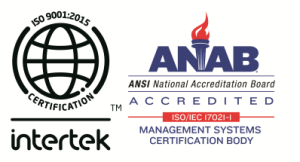Molten aluminum is highly reactive, and therefore when it comes into contact with moist air or wet tools during the sand casting process, it forms hydrogen gas in the melt.
This can have a well-documented detrimental effect on the final aluminum casting; therefore, it becomes important to control it before it can maximize the scrap of the metal. As a foundry company, we understand how harmful it can be and therefore suggest degassing it as soon as possible.
Here is what should be done- This problem can be resolved by purging the molten metal with a soluble and dry gas before, the pouring stage. Inert gases such as argon and nitrogen are commonly used to degas the metal.
When the metal is passed from these gases during the sand-casting process then, inert gas reacts with the hydrogen and dissipates the molten metal from hydrogen gas. Here, we always ensure the inert gas’s purity; it must always be above 99.99%. Only then de-gassing can be done correctly and efficiently.
The Execution process
How would it be carried out? Well, the process can be carried out using various techniques that include static lances and degassing fluxes. The most effective methods used by our foundry include degassing by fluxes and rotary degasser.
Through degassing fluxes- In this method, we use flux tablets which are composed of chlorine and fluorine salts. A clean preheated perforated bell plunges a flux tablet to the furnace bottom.
Gradually, the compound in flux reacts with the aluminum and starts to form the bubbles (hydrogen bubbles). These bubbles slowly escape from the aluminum meld, leaving only the clean aluminum.
Rotary degasser- Compared to flux degassing; the rotary degassing method allows complete hydrogen removal by not using harmful chlorine or fluorine salts. Now in this method, an inert gas (argon or nitrogen) is purged through a rotating shaft and rotor. The rotating shaft gradually causes the formation of a large number of bubbles.
These bubbles have a very high surface-area-to-volume ratio which helps to effectively diffuse the hydrogen gas from the metal. Bit by bit we can observe how hydrogen gas escaping from the aluminum surface and leaving simply the good quality of aluminum alloy.
At our foundry, we hold true to our commitment to excellence by settling for nothing less than satisfying customer requirements. Therefore, we use the best techniques to degas the alloy, so that no compromise has to be made with the quality.



